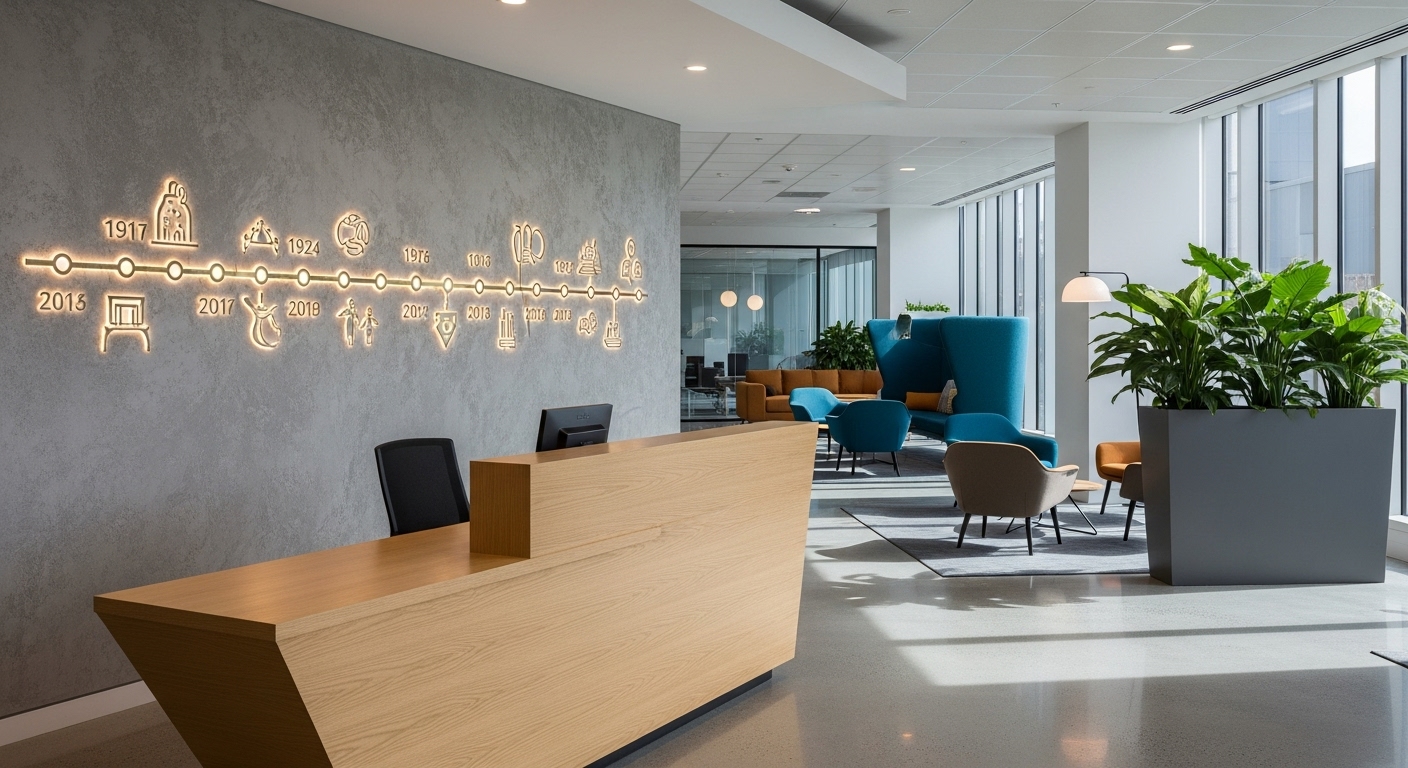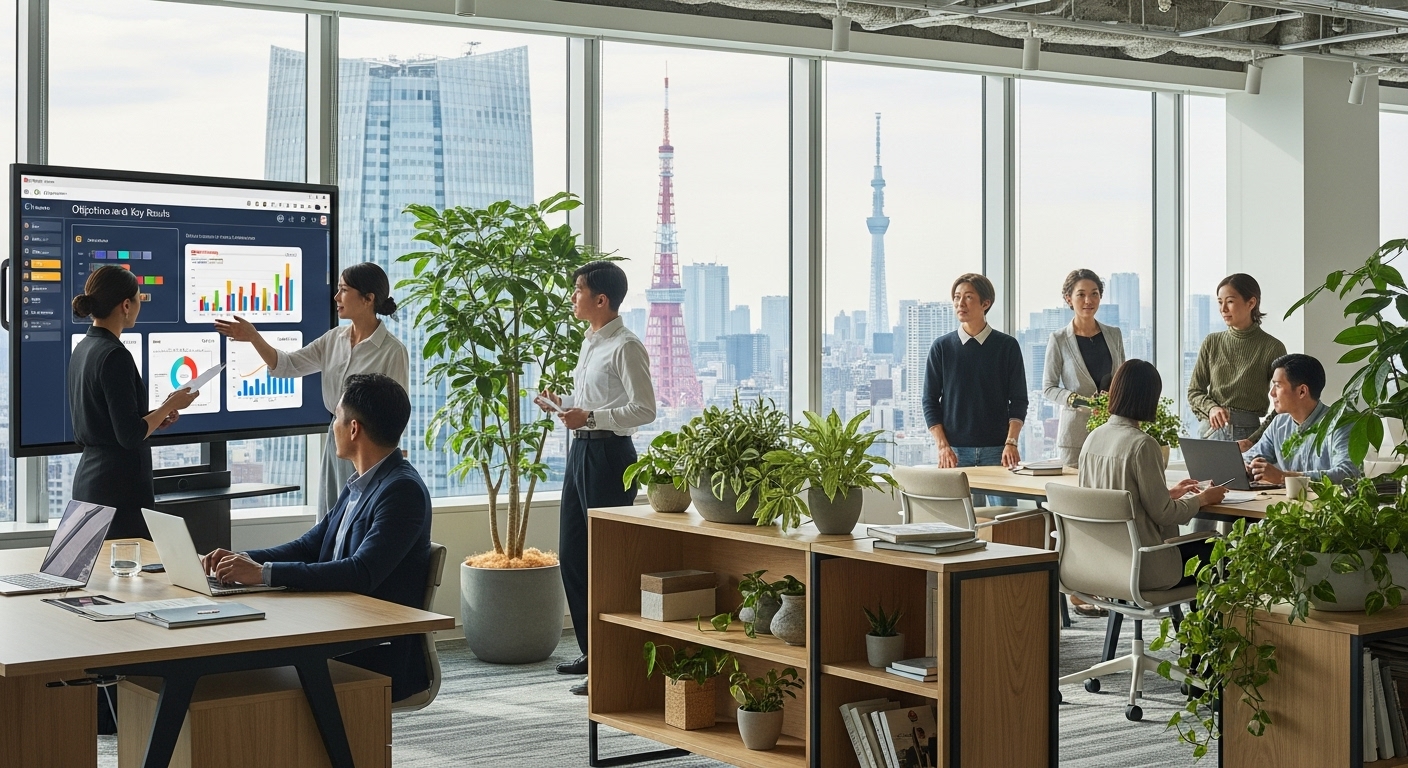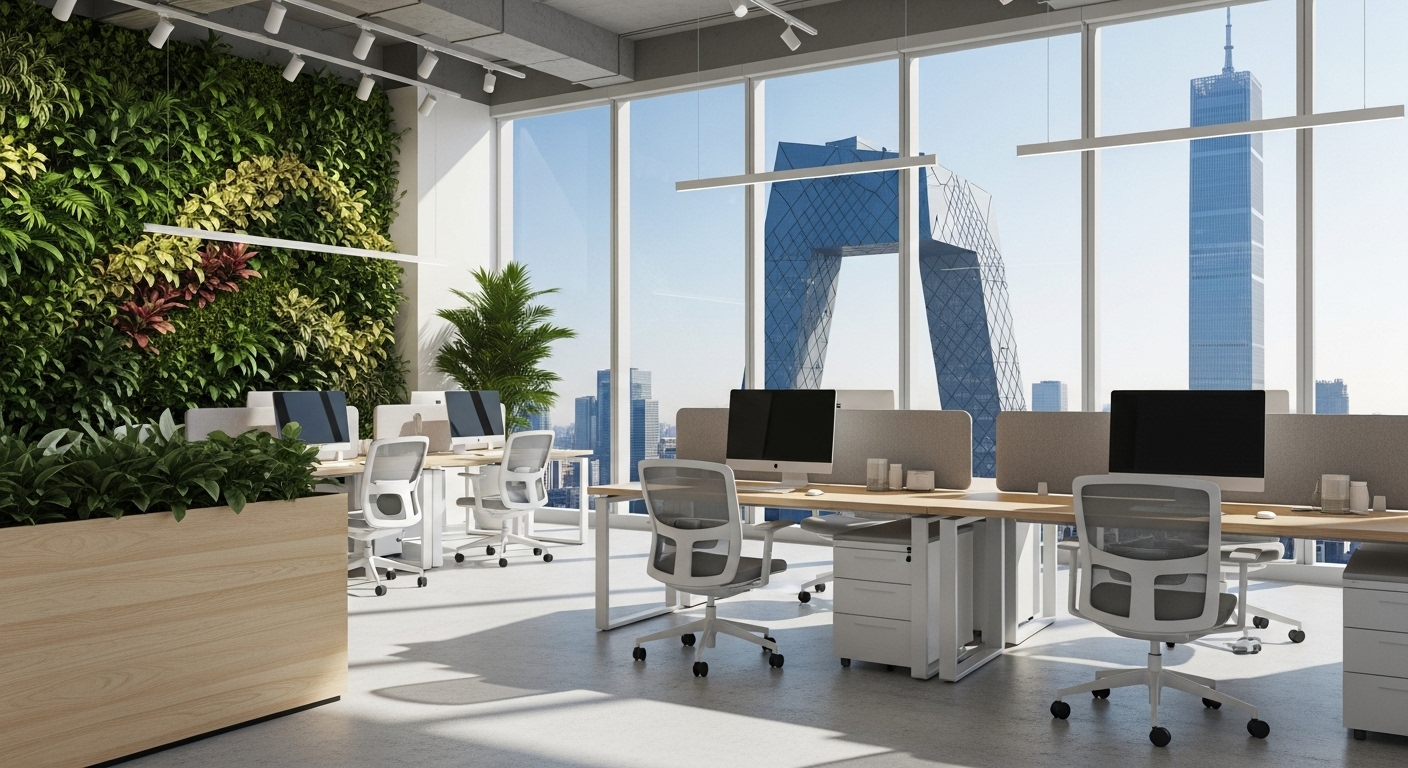Tokyo, a metropolis where ancient shrines stand in the shadow of neon-lit skyscrapers, presents a unique paradox for any business choosing its physical space. The decision is far more than a line item on a budget; it’s a profound statement about a company’s identity and its approach to work. How does a forward-thinking enterprise honor the deep-rooted cultural emphasis on harmony and group cohesion while simultaneously fostering the agile, disruptive innovation needed to thrive? This challenge is the central paradox of establishing a workspace in Japan’s bustling capital. The global shift towards flexible and hybrid models adds another layer of complexity, forcing leaders to question long-held assumptions about office life. This guide provides a strategic framework for navigating this intricate landscape. We will explore how to analyze workspace options through the dual lens of Japanese tradition and modern productivity, ensuring your final choice is not just a location, but a strategic asset that powers your success.
Understanding Wa (和): The Foundation of Japanese Workspace Culture
Before evaluating any floor plan or lease agreement, it is crucial to understand the concept of ‘Wa’ (和), which translates to harmony and represents a cornerstone of Japanese society and, by extension, its business culture. For decades, Wa has shaped the traditional Japanese office into a large, open-plan environment. This design isn’t accidental; it’s engineered to foster group consciousness, seamless communication, and a collective sense of purpose. In this setting, teams often sit together in clusters, with managers positioned to have a clear view of their subordinates, facilitating constant oversight and immediate collaboration. Individual privacy is secondary to the needs of the collective. This layout promotes a shared sense of responsibility and makes it easier for knowledge to be transferred organically from senior to junior employees. For a foreign company entering the market, ignoring this cultural preference can lead to friction. A workspace that feels overly segmented or private might inadvertently signal a lack of trust or an unwillingness to integrate, potentially hindering team cohesion and creating a disconnect with local partners and clients. Therefore, any workspace strategy must begin with a thoughtful consideration of how to incorporate the spirit of Wa, even if the final design is not a purely traditional one.
The Rise of the Flex Space: Shibuya’s Startup Scene and the New Work Style
Contrasting sharply with the tradition of Wa is the powerful wave of innovation crashing through Japan’s corporate world, largely driven by the tech and startup ecosystem. Nowhere is this more visible than in districts like Shibuya, a global icon of youth culture that has transformed into a vibrant hub for technology companies. This new generation of businesses operates on principles of speed, agility, and global collaboration, demanding workspaces that reflect these values. Consequently, the demand for flexible offices, coworking spaces, and serviced suites has surged. These models offer a compelling alternative to the rigid, long-term leases of traditional real estate. They provide turnkey solutions with scalable terms, allowing companies to expand or contract their footprint based on project needs or market fluctuations. This agility is indispensable for startups and international firms testing the market. Furthermore, these modern spaces are designed to attract top talent, featuring amenities, networking events, and creative environments that foster a different kind of collaboration—one based on serendipitous encounters and cross-pollination of ideas. Choosing a flexible workspace in a dynamic area of Tokyo is a strategic move to tap into this modern energy, signaling a commitment to a progressive and adaptable work culture.
Decoding the Districts: From Marunouchi’s Prestige to Shinjuku’s Connectivity
The adage ‘location, location, location’ carries immense weight in Tokyo, where each district possesses a distinct character and strategic advantage. Your choice of neighborhood is a powerful brand signifier. Marunouchi, situated next to Tokyo Station and the Imperial Palace, is the undisputed heart of corporate Japan. It’s home to the headquarters of major banks, trading houses, and multinational corporations. Securing an address here conveys stability, prestige, and financial strength. On the other hand, Shinjuku, home to the world’s busiest train station, offers unparalleled connectivity and a diverse business landscape, housing everything from the Tokyo Metropolitan Government to tech companies and retail giants. Its energy is dynamic and relentless. For companies in the creative, tech, or media sectors, Shibuya or Ebisu might be a better fit, offering a trendier atmosphere and proximity to a younger talent pool. Meanwhile, areas like Roppongi Hills have cultivated a reputation as international business hubs with a rich offering of dining and entertainment. A thorough workspace strategy involves mapping your company’s core values, target clients, and talent requirements to the unique DNA of these districts. The decision isn’t just about the office itself, but about embedding your organization within the right ecosystem to thrive.
The Cost-Culture Calculation: Balancing Budget with Brand Identity
It’s no secret that real estate is one of the most significant expenses for any business operating in Japan’s capital. The cost per square meter in prime districts can be daunting, leading many companies to focus purely on the numbers. However, this is a one-dimensional view. The true calculation involves balancing tangible costs with the intangible, yet critical, value of cultural alignment and brand identity. A prestigious address in Marunouchi, for example, might come with a high price tag, but it can also open doors, attract high-caliber talent, and instill confidence in clients and investors. Conversely, a more budget-friendly option in a less central area might save money but could project the wrong image or make it harder to recruit top professionals who value convenience. The rise of hybrid work adds a new dimension to this calculation. Companies can now consider a smaller, high-quality ‘hub’ office in a prime location for client meetings and collaborative work, while allowing employees to work remotely for focused tasks. This ‘hub-and-spoke’ model can optimize costs while retaining a prestigious foothold. The key is to see your workspace not as a simple overhead cost, but as a strategic investment in your brand’s narrative within the competitive landscape of Tokyo.
Designing for Deep Work and Collaboration: The Hybrid Japanese Model
The ultimate solution to the Tokyo Paradox often lies in thoughtful design that creates a hybrid of both worlds. Leading companies are moving beyond the binary choice of open-plan versus private offices. Instead, they are architecting multi-zoned environments that cater to different work modes, effectively creating a Japanese-style hybrid model within their own four walls. This means intentionally designing spaces that honor both the need for collaboration and the demand for individual focus. An office might feature a central, open ‘hub’ area that echoes the traditional Japanese layout, encouraging team communication and maintaining the spirit of Wa. Surrounding this core could be a variety of other spaces: small, soundproofed booths for video calls and deep work; quiet library-style zones for concentration; and informal lounge areas for spontaneous brainstorming. This activity-based working approach empowers employees to choose the environment best suited to their task at any given moment. It’s a direct response to the shortcomings of purely open-plan offices, which are known to cause distractions, and purely private offices, which can stifle collaboration. By providing this variety, companies can boost productivity and employee well-being, demonstrating a sophisticated understanding of modern work dynamics while respecting cultural context.
Technology and Tenancy: Navigating Leases and Smart Office Integration
Finalizing your workspace choice involves navigating the practicalities of Japanese commercial real estate and leveraging the city’s technological prowess. The leasing process in Japan can have unique elements unfamiliar to foreign businesses, such as ‘reikin’ (key money, a non-refundable gift to the landlord) and guaranteed deposits, which can be substantial. It’s vital to work with experienced local partners to negotiate favorable terms and understand the nuances of contracts. Beyond the lease, the modern workspace in Japan’s capital is an opportunity for advanced technology integration. Smart office systems are becoming standard in new developments, offering everything from facial recognition access and automated climate control to resource booking apps that help manage hybrid schedules. Integrating this technology is not just about convenience; it’s about creating a seamless, efficient, and data-driven workplace. For instance, sensor data can provide insights into how your space is actually being used, allowing for continuous optimization of the layout. In a city at the forefront of robotics and IoT, failing to leverage smart technology in your workspace is a missed opportunity. A truly strategic approach to choosing your space in Tokyo ensures that both the physical lease and the digital infrastructure are fully aligned with your long-term business objectives.
In conclusion, choosing a workspace in Tokyo is a complex but rewarding strategic exercise. It demands a delicate balance between respecting the cultural emphasis on group harmony and embracing the need for modern agility and individual focus. The solution to this paradox is not to choose one over the other, but to synthesize the best of both worlds. This means looking beyond mere cost and location to consider how your office will function as a tool for shaping culture, attracting talent, and projecting your brand’s identity. From decoding the unique DNA of districts like Marunouchi and Shibuya to designing hybrid layouts that facilitate both deep work and collaboration, every decision matters. By thoughtfully navigating the nuances of Japanese business culture, the intricacies of the real estate market, and the potential of smart technology, you can create more than just an office. You can build a strategic home base—a physical manifestation of your company’s values and a powerful engine for growth in one of the world’s most dynamic cities.





